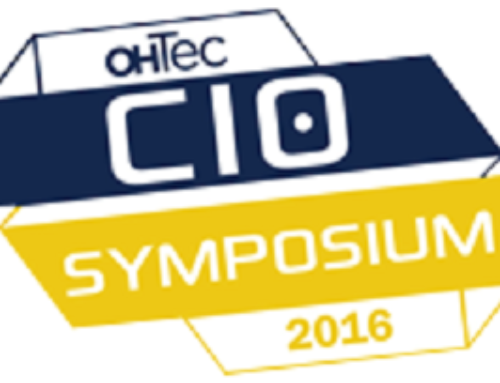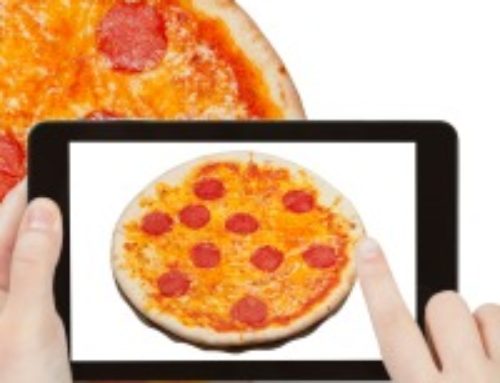 Connected cities will be the next frontier for the Internet of Things (IoT). While we’ve already examined the role of IoT in manufacturing, connected and smart cities function slightly different in that they affect everyone and generally provide a better quality of life. Most of these IoT improvements to urban life will be dependent on Big Data, access to it and the analysis and use of it.
Connected cities will be the next frontier for the Internet of Things (IoT). While we’ve already examined the role of IoT in manufacturing, connected and smart cities function slightly different in that they affect everyone and generally provide a better quality of life. Most of these IoT improvements to urban life will be dependent on Big Data, access to it and the analysis and use of it.
According to Forbes, by 2020, $400B will be spent annually on connected cities with most of these funds coming from government, the main driver of this growth.
How do connected cities work? Connected Cities take advantage of strategically deployed sensors, much like manufacturing, but in this case they are collecting data from, and controlling street lights, traffic lights and even parking meters in order to do things like track the flow of traffic. Making use of the sensors to control city functions and actually improve things like traffic flow, requires analyzing the data from all of these sensors together, in an intelligent manner, a Big Data challenge.
 In a Cisco report on the future of connected cities, they identify cities as fertile ground to take advantage of IoT, but identify four key components that cities will need to bring together in order to successfully take advantage of IoT. These four components, working in collaboration, make the interconnected devices more relevant and valuable.
In a Cisco report on the future of connected cities, they identify cities as fertile ground to take advantage of IoT, but identify four key components that cities will need to bring together in order to successfully take advantage of IoT. These four components, working in collaboration, make the interconnected devices more relevant and valuable.
People: In IoE, people will be able to connect to the Internet in innumerable ways. Today, most people connect to the Internet through their use of devices (such as PCs, tablets, TVs, and smartphones) and social networks (such as Facebook, Twitter, LinkedIn, and Pinterest). As the Internet evolves toward IoE, we will be connected in more relevant and valuable ways. For example, in the future, people will be able to swallow a pill that senses and reports the health of their digestive tract to a doctor over a secure Internet connection. In addition, sensors placed on the skin or sewn into clothing will provide information about a person’s vital signs. According to Gartner, people themselves will become nodes on the Internet, with both static information and a constantly emitting activity system.
Data: With IoT, devices typically gather data and stream it over the Internet to a central source, where it is analyzed and processed. As the capabilities of things connected to the Internet continue to advance, they will become more intelligent by combining data into more useful information. Rather than just reporting raw data, connected things will soon send higher-level information back to machines, computers, and people for further evaluation and decision making. This transformation from data to information in IoE is important because it will allow us to make faster, more intelligent decisions, as well as control our environment more effectively.
Things: This group is made up of physical items such as sensors, consumer devices, and enterprise assets that are connected to both the Internet and each other. In IoE, these things will sense more data, become context-aware, and provide more experiential information to help people and machines make more relevant and valuable decisions. Examples of “things” in IoE include smart sensors built into structures like bridges, and disposable sensors that will be placed on everyday items such as milk cartons.
Process: Process plays an important role in how each of these entities — people, data, and things — works with the others to deliver value in the connected world of IoE. With the correct process, connections become relevant and add value because the right information is delivered to the right person at the right time in the most appropriate way
Of course, like most new and unproven technologies there are questions to be answered on how connected cities will improve the livelihood of residents, while some fear the transformation will cost too must or alienate and separate social classes too much. These and other challenges will be worked through as more and more cities develop their strategy for making the most of mobile.
Let Pervasive Path lead you through an Art of the Possible Workshop to explore how to incorporate these and other concepts into your enterprise mobile strategy.






